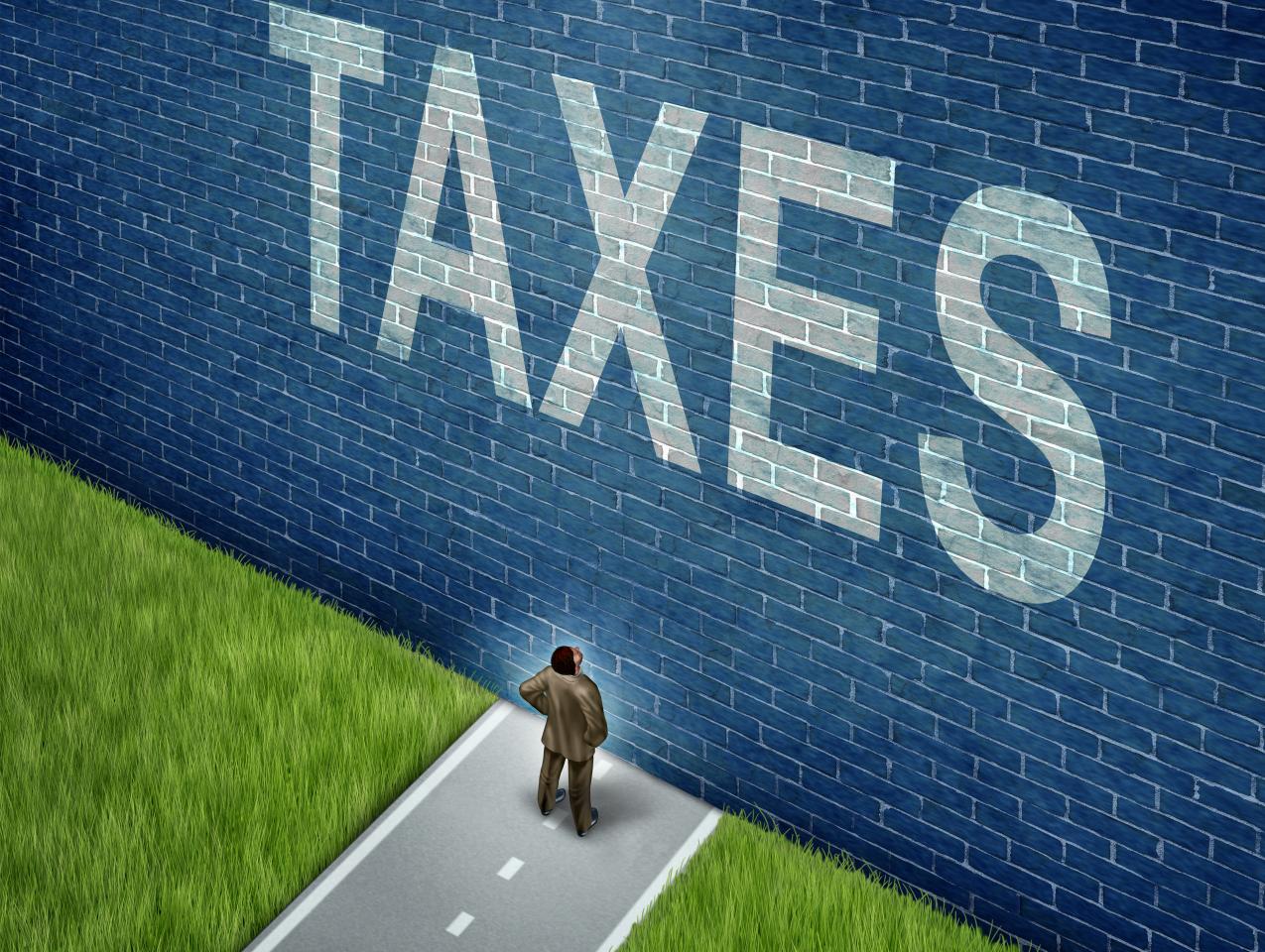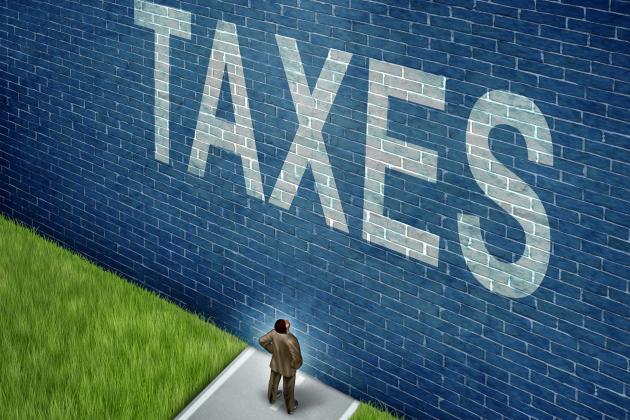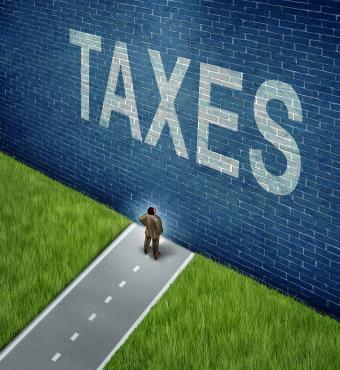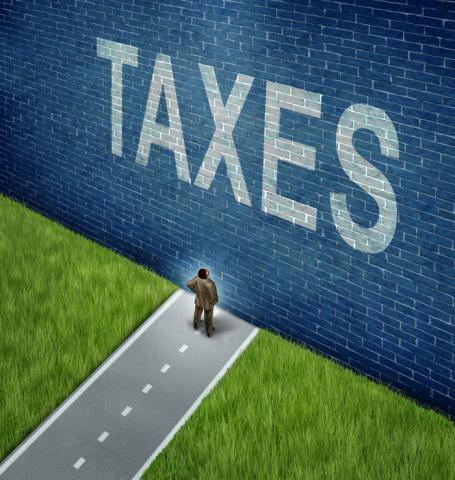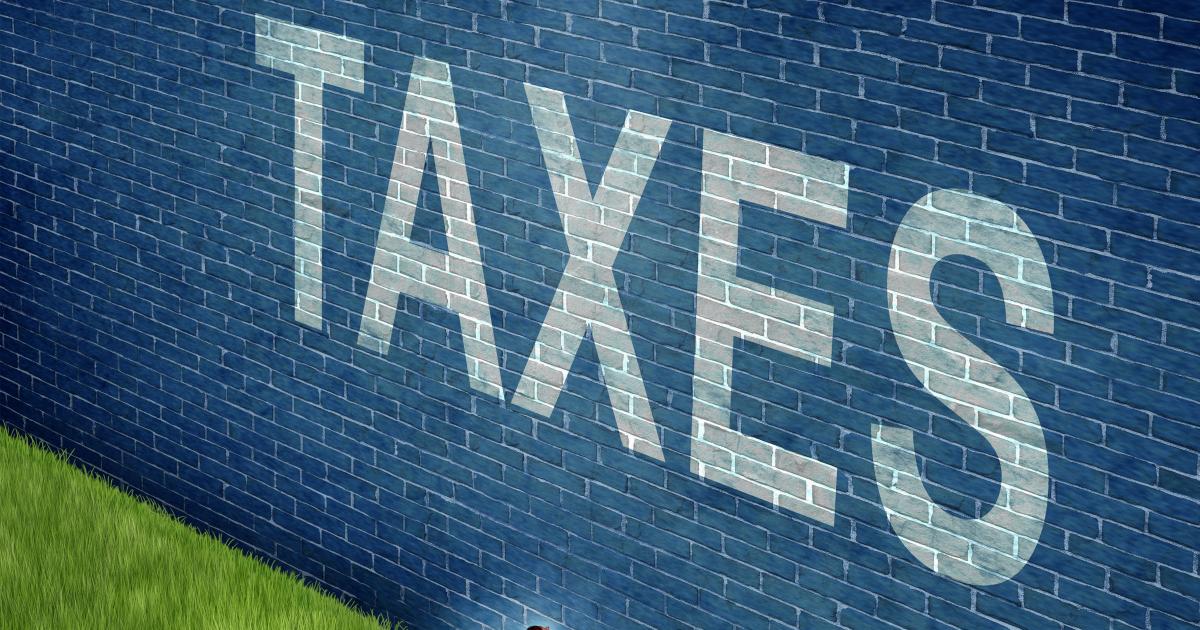- Economics
- Politics, Institutions, and Public Opinion
In a provocative article in Foreign Affairs titled “Who’s Afraid of Budget Deficits?” Jason Furman and Lawrence H. Summers argue that we should not worry much about the federal government’s large and growing budget deficits. While they admit that politicians and policymakers “shouldn’t ignore fiscal constraints entirely,” they say that they “should focus on urgent social problems, not deficits.” And throughout the piece, they assume, for every single problem they address, that the solution is more spending. It’s not surprising that they don’t worry much about deficits.
Furman and Summers aren’t just rank and file economists. Furman, an economics professor at Harvard University’s Kennedy School, was the chairman of former President Barack Obama’s Council of Economic Advisers. Summers, who is president emeritus of Harvard, was the Treasury Secretary under former President Clinton and head of the National Economic Council under former President Obama. I know Summers from when we were both economists with President Reagan’s Council of Economic Advisers and I know Furman from his work. These are not, to put it mildly, dumb guys. And if you dismiss them as such, you make a big mistake. It’s important to look at their argument.
I’ve studied their argument, and I find it unpersuasive in two respects: (1) their main case, which is that we shouldn’t worry much about deficits and (2) their subsidiary point, which is that we need at least the amount of government spending we have now and should be ready and willing to increase government spending.
Why do Furman and Summers think we shouldn’t worry about the federal government deficit? Their main reason is that the interest rate the federal government pays on the debt is so low. They point out that the current real interest rate on ten-year government bonds is 0.8 percent. (The real interest rate is the stated interest rate earned on bonds minus the inflation rate.) As a result, even though the federal debt is a much larger percent of GDP than it was in recent decades, the federal government “pays around the same proportion of GDP in interest on its debt, adjusted for inflation, as it has on average since World War II.”
That’s true. But what about the future? The good news on federal interest payments as a percent of GDP not rising depends on real interest rates not rising much. Real interest rates are unusually low right now, as they point out. They argue, and I agree, that these low rates are not a result of Federal Reserve policy. The Fed can affect mainly short-term interest rates. Instead, they write, lower interest rates are “rooted in a set of deeper forces, including lower investment demand, higher savings rates, and widening inequality.”
Furman and Summers don't explain why widening inequality would make interest rates low, but it’s clear why lower investment demand and higher savings rates would do so. Because capital markets are now global, interest rates are determined in a global market. So the investment and savings rate that matter for real interest rates are for the world, not the United States. On these two factors, they are right, as Jeffrey Hummel and I pointed out in 2008.
But the fact that interest rates have been low for a long time is not strong enough evidence to conclude that they will remain low.
For two economists who have spent their careers looking at numbers, Furman and Summers are maddeningly vague about the numbers. So let’s fill in the blanks, using numbers from the federal government’s Congressional Budget Office.
In its January 2019 report on the budget and the economy for 2019 to 2029, the CBO projects small increases in the real interest rate on ten-year Treasury bills. The CBO also projects that the federal budget deficit will exceed $1 trillion every year from 2022 to 2029. Moreover, the CBO reaches that conclusion by assuming that the individual income tax cuts will expire in 2025, as is required in the 2017 tax law. If the tax cuts are extended, the deficits will be even higher.
With those projected deficits and interest rates, the CBO concludes, by 2029, net interest on the debt as a percentage of GDP will almost double to 3%, up from 1.6% in 2018.
And remember that the CBO is assuming only modest increases in interest rates. What if the world’s savings rate falls or investment demand rises? Then real interest rates will rise and net interest on the debt will exceed 3% of GDP.
There is one other way that we can be bailed out of these dismal budget numbers. That is if GDP grows faster than the CBO predicts. The CBO’s estimates assume that real GDP will grow by an annual average of only 1.7% between 2020 and 2029. If GDP grows at an average of 3.2% annually, as it did in the 1970s, 1980s, and 1990s, then the numbers look much better. Furman and Summers don’t mention that, presumably because they are pessimistic about growth.
But let’s say that you think that government spending on interest payments will increase substantially. What follows is that we should do something now to reduce future deficits. We could do so either by raising taxes or by reducing the growth of government spending.
Consider tax increases. If you, like me, believe in limiting the size of government, then the option of higher taxes is a non-starter. But even if you don’t share my philosophy, there’s a strong case against tax increases. As I noted in “The Case Against Higher Tax Rates,” every tax causes what economists call “deadweight loss,” a loss to some that is not a gain to anyone, even the government. The relationship between tax rates and deadweight loss is not linear. The higher the current tax rate, the higher is the deadweight loss from a given increase in the tax rate. That means that for a government spending project to be efficient, the benefits of the project must exceed not just the amount spent but the amount spent plus the deadweight loss. If the deadweight loss is 30 percent of the amount raised in taxes, then efficiency requires that a dollar spent on a government project produce benefits, not of $1 but of $1.30.
That brings us to the second way of cutting the deficit—by cutting government spending. Furman and Summers list a number of programs that they think are valuable and should be expanded. They list not a single program that should be cut. That’s somewhat shocking given that their somewhat-left counterparts of the previous generation of economists, such as the late James Tobin of Yale University, could always be counted on to criticize farm subsidies.
Moreover, they give as an example of something that should not be cut a program that is worth much less to its stated beneficiaries than the amount that the federal and state governments spend on the program. That program is Medicaid, the socialized health insurance benefit for low-income American residents.
Economic theory tells us that when the government gives someone a dollar, he values it at a dollar. But when the government gives someone a benefit other than cash, he typically values that benefit at an amount less than the cost of the benefit. Sure enough, in a June 2015 study published by the National Bureau of Economic Research, titled “The Value of Medicaid: Interpreting Results from the Oregon Health Insurance Experiment,” health economists Amy Finkelstein of MIT, Nathaniel Hendren of Harvard, and Erzo F.P. Luttmer of Dartmouth found that beneficiaries of Medicaid value a dollar of spending at only 20 to 40 cents.
The study’s authors did find that the providers benefit by about 60 cents on the dollar. So the program is not quite as inefficient as you might think. But presumably Furman, Summers, and other supporters of Medicaid would not want to justify Medicaid spending on the grounds that most of the benefits go to doctors and hospitals. So Medicaid is a program for which the government could cut spending by 60 percent and just give cash to the current beneficiaries, leaving them at least as well off as they were under Medicaid.
The federal budget for 2019 is about $4.4 trillion. It would not be hard to find $2 trillion of spending programs in the current budget that are scheduled to grow at an annual rate of 4% or more over the next 10 years but instead could be scheduled to grow at 2% annually. Budget savings do not add up; they compound up. With this hypothetical $2 trillion in programs, cutting the growth rate from 4% to 2% would result, 10 years from now, in spending on these programs of $2.44 trillion, down from the $2.96 trillion that would result from the 4% annual growth. That’s a reduction of over $500 billion. Moreover the debt in 2029 would be lower by a few trillion dollars because of all the savings between 2019 and 2028.
We should worry about the deficit. But not all means of reducing the deficit are equal. Specifically, cutting spending is preferable to increasing taxes. Interestingly, while Furman and Summers, both long-time Democrats, seem to want to build a firewall around current government programs and the projected growth in those programs, even they worry about some of the leading Democratic proposals for spending. They write, “Progressives have proposed Medicare for all, free college, a federal jobs guarantee, and a massive green infrastructure program.” The closest they get to criticizing such ideas is their very next sentence: “The merits of each of these proposals are up for debate.”
Yet with progressives advocating such huge spending programs and Furman and Summers hesitating to criticize them head on, there’s an even stronger case for not raising taxes: the added tax revenue would be swooped up quickly if the progressives get their way on even a few of these programs and we would back to the same, and possibly even higher, deficits than the CBO projects. So we would have higher taxes, higher government spending, and high or even higher deficits. That would be a shame.










